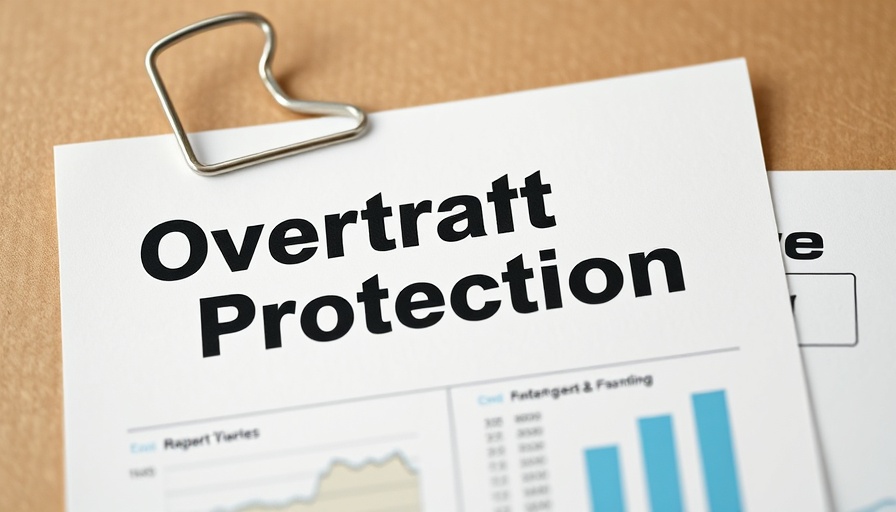
Understanding Business Overdraft Protection
Business overdraft protection is a safeguard every small business owner should consider. It functions by automatically transferring funds from a backup account, credit card, or a line of credit to cover checks or payments if your primary account lacks sufficient funds. This service can protect your business from overdraft and non-sufficient funds (NSF) fees, and setting it up is often complimentary when opening a new business bank account.
How Does Overdraft Protection Work?
Overdraft protection is straightforward. If you write a check but your account lacks the funds to cover it, the bank usually faces two choices: pay the check and charge an overdraft fee or return the check, tagging your account with an NSF fee. Having overdraft protection, however, means the bank draws funds from your linked account or line of credit to ensure the check clears.
Pros and Cons to Consider
Overdraft protection can certainly make financial management smoother by preventing the reputational and financial damage of returned payments. However, it’s crucial to be aware of possible downsides. While many banks transfer funds from a backup account for free, others may charge a modest fee. Additionally, using a business savings account as a backup could limit your free monthly transactions, leading to potential costs.
This provision ensures business reputation remains intact and shields against credit harm. Nevertheless, it could lead to more fees if your backup account lacks funds to cover the intended overdraft.
Exploring Overdraft Protection Plans
For businesses, common overdraft protection plans include linking a checking account to a savings account or obtaining a small line of credit. Choosing the right setup can significantly impact your financial flexibility and expense management. Ensure your business banking setup aligns with your operational needs to avoid unnecessary fees.
 Add Row
Add Row  Add
Add 




Write A Comment